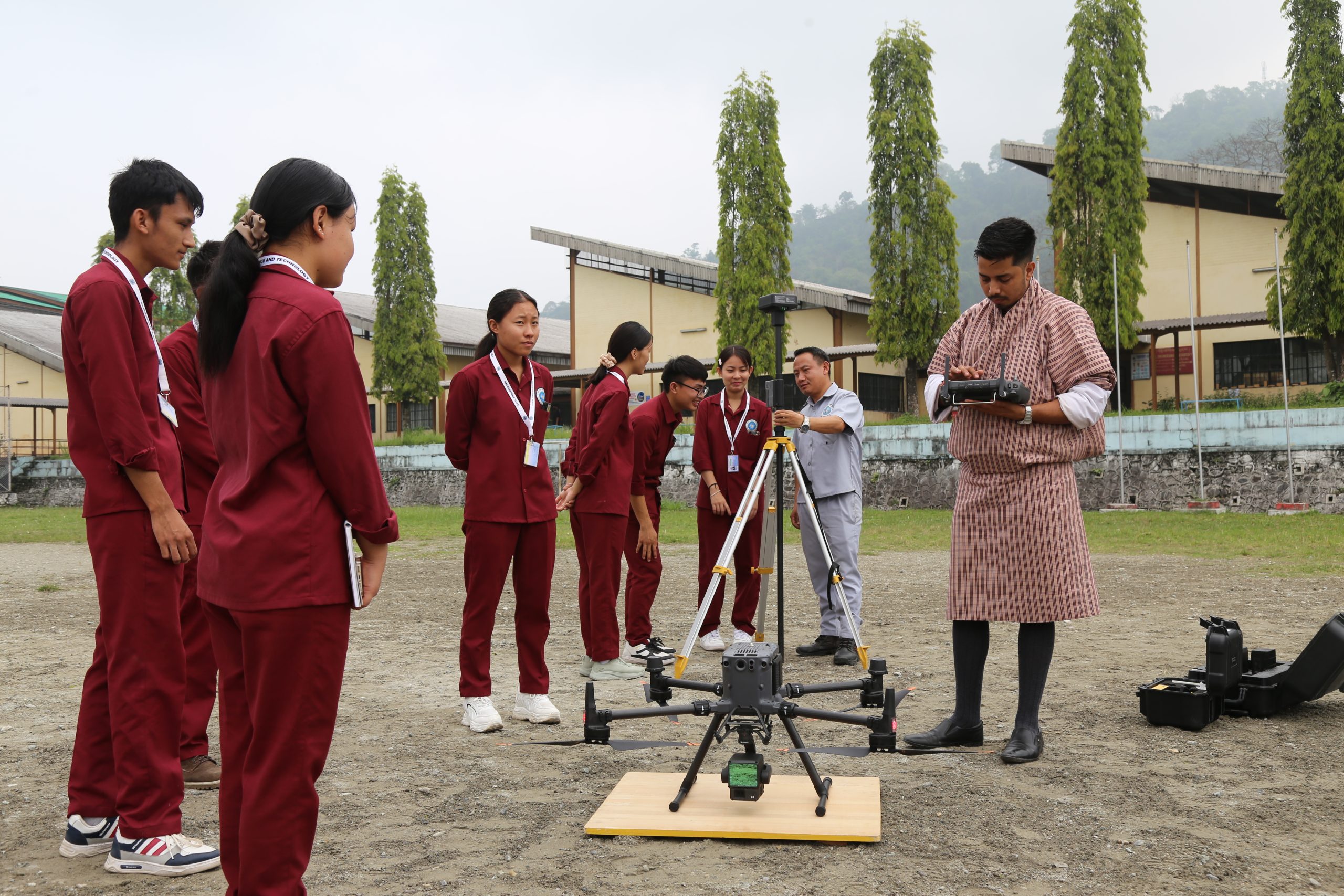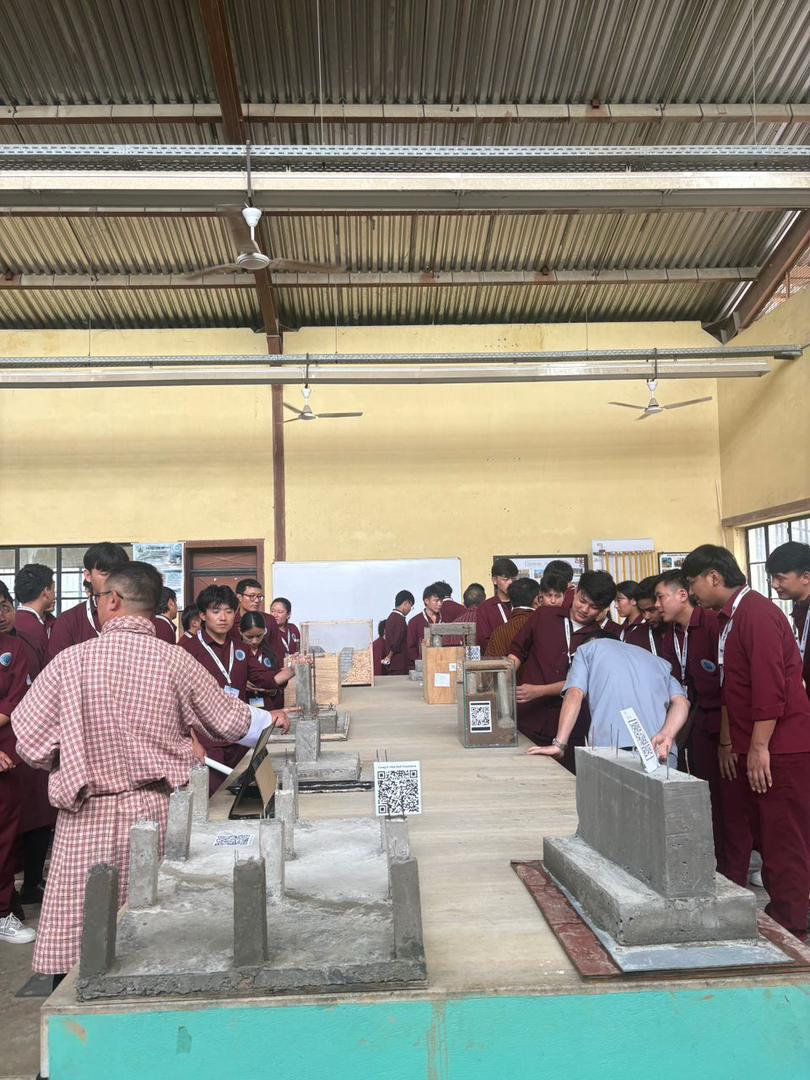Civil Engineering Programme
Programme Overview
A Commitment to Excellence
Course Summary
The four-year Bachelor of Engineering in Civil Engineering is a comprehensive programme designed to train engineers for diverse roles in public and private sectors, including structural, water, environmental, geotechnical, construction, transportation, and survey engineering. The curriculum emphasizes innovation, critical thinking, professionalism, and problem-solving, preparing graduates for both career progression and advanced studies in engineering, management, science, and business.
Graduates will be equipped to design, analyze, and execute civil engineering projects, conduct surveys and feasibility studies, prepare project proposals and bid documents, and manage projects effectively. They will also be adaptable to new technologies and developments, ready to contribute to the sustainable growth and development of the built environment.
Aim:
The programme aims to develop students with a thorough background in both theoretical and practical aspects of the core principles of Bachelor of Engineering in Civil Engineering, and of the underlying scientific fundamentals.
Upon successful completion of the programme, graduates will be able to:
1. Analyse, design, prepare working drawings, and estimate various real-time civil engineering structures.
2. Prepare bid documents incorporating specification of works, evaluate tenders and administer the contracts.
3. Conduct field surveys for civil engineering works.
4. Evaluate and interpret civil engineering field related tests.
5. Execute civil engineering projects with quality assurance and control measures.
6. Formulate/prepare project proposals and plans.
7. Integrate new developments of technology in civil engineering technology.
8. Analyse the impact in a global, economic, environmental and in the societal context of the civil engineering profession.
9. Recognize the need and inculcate in life-long learning.
10. Tackle any civil engineering contemporary issues.
11. Engage with stakeholder and community.

Workshop Practice
Upon completing this module, students will consistently follow safe working practices, understand permanent and non-permanent joining processes and their applications, identify common arc and gas welding tools and welded joint types, distinguish between good and defective timber, correctly use a wide range of carpentry tools and perform basic maintenance on doors, windows, and built-in furniture. It will help demonstrate proper electric-shock treatment methods, recognize and apply various wiring accessories and electrical fittings including wires, switches, sockets, holders, and conduits, and select suitable pipe diameters while understanding the functions and applications of key plumbing components such as sockets, flanges, unions, bends, valves, and gaskets.

Building Materials and Construction
Upon completing this module, students will be able to distinguish major building materials—including stones, bricks, timber, metals, glass, paints, and damp-proofing materials—along with their properties and applications; explain concrete ingredients, types, production methods, key characteristics, and quality-control testing. Students will be introduced to new developments such as autoclaved aerated concrete, plastic use in lightweight concrete, and concrete paver blocks, identify types of stone and brick masonry and their construction methods, outline floor types, roof forms and coverings, and various doors, windows, stairs, and staircases. Students will also understand whitewashing, color washing, and painting processes, explain shuttering, scaffolding, and centering techniques, locate and describe expansion and construction joints, and evaluate sound and fireproof construction practices in accordance with relevant I.S. standards.

Design of Steel Structure
Upon completing this module, students will be able to specify the properties of steel required for structural applications and apply limit state design principles. They will classify steel sections based on buckling tendencies, determine the capacities of bolts and welds, and design structural steel tension members. Students will also calculate the compression load capacity of steel sections, work out the effective length of compression members, and recommend suitable sections for flexural members. In addition, they will design members subjected to combined bending and axial forces, specify detailing for moment-resisting connections, use engineering software for design calculations, and propose appropriate timber sections for columns, beams, and trusses.

Design of Reinforced Concrete Structure
Upon completing this module, students will be able to describe the versatility of reinforced concrete as a construction material and explain the importance of quality in concrete ingredients and reinforcing steel for both immediate and long-term structural performance. They will distinguish between different design philosophies and understand the key concepts behind them, including the need for limit state design focusing on strength, serviceability, and economy. Students will be able to refer to relevant codes and standards, design reinforced concrete beams, columns, slabs, staircases, isolated and combined footings, and various types of retaining walls based on site and loading conditions. They will also implement seismic loads and perform design for a 3D multi-storied building using appropriate software, as well as draw and detail “Good for Construction” drawings for reinforced concrete members.

Foundation Engineering
Upon completing this module, students will be able to determine earth pressures and analyze the lateral thrust on retaining walls, design retaining walls for active thrust, and evaluate their stability against tension, sliding, and overturning. They will analyze slope stability for both infinite and finite slopes, examine various foundation types and their engineering applications, and assess bearing capacity and settlement for shallow and deep foundations using different approaches. Students will also perform geological and geotechnical assessments for infrastructure planning, conduct laboratory and geophysical tests to evaluate soil properties, and explain appropriate ground improvement techniques for varying soil conditions.